Unlocking the Potential of a Meat Processing Plant
Introduction
Investing in a meat processing plant can seem like a monumental decision, but for those looking to tap into the ever-growing demand for processed meat, it can be an immensely profitable venture. Whether you're looking to start a new business or expand your existing operations, purchasing a meat processing facility is a step towards joining a critical industry that supports global food supply chains.
This guide will take you through everything you need to know before purchasing a meat processing plant—from understanding what these plants do to assessing costs, choosing the right location, and negotiating the best deal.
Why Invest in a Meat Processing Plant?
The meat processing industry is a cornerstone of the global food sector. With meat consumption steadily rising around the world, investing in a meat processing plant ensures that you’re tapping into a market with significant demand. Beyond that, a meat processing facility can offer a strong return on investment by providing both short-term cash flow and long-term growth opportunities. Automation and technological advancements have made meat processing more efficient, cutting down labor costs and improving output quality, making it an attractive investment for both new and experienced entrepreneurs.
The Growing Demand for Meat Processing Facilities
Global population growth, changing diets, and increasing demand for ready-to-eat meat products are all contributing to the expansion of the meat processing sector. As consumers seek convenient, high-quality, and processed meat options, the need for reliable and efficient processing plants continues to rise. Whether it’s poultry, beef, pork, or even exotic meats, the scope for growth in this industry is substantial.
What to Expect in This Guide
In this article, we’ll walk you through the process of purchasing a meat processing plant, from understanding different plant types to assessing the financial investment involved. We’ll discuss key considerations such as location, equipment, and legal compliance, as well as how to evaluate and negotiate the best deal for your business. Whether you are looking to buy an existing plant or build one from the ground up, this guide will provide all the necessary insights.
Understanding Meat Processing Plants
What is a Meat Processing Plant?
A meat processing plant is a facility where raw meat is transformed into processed, packaged products. The process typically involves slaughtering, cutting, deboning, and packaging meat for distribution to consumers, retailers, or foodservice providers. These plants must adhere to strict health and safety regulations and ensure high standards of hygiene and quality control.
Types of Meat Processing Plants: From Small to Large-Scale Operations
Meat processing plants vary widely in size, ranging from small-scale butcher shops to large, industrial facilities designed for mass production. Small-scale operations might focus on niche markets, providing locally-sourced or artisanal meats, while larger plants cater to national or international markets. The type of plant you invest in will depend on your production needs, target market, and available capital.
The Importance of Location for Your Meat Processing Plant
Location plays a crucial role in the success of a meat processing plant. Proximity to livestock farms, transportation hubs, and major consumer markets can reduce operational costs and streamline logistics. Additionally, certain regions may offer tax incentives or regulatory advantages that make them more favorable for setting up a meat processing facility.
Key Factors to Consider Before Buying a Meat Processing Plant
Assessing Your Business Goals and Production Needs
Before purchasing a plant, it’s vital to align your decision with your business goals. Determine the scale of production you require, the types of meat you plan to process, and the level of automation necessary for your operations. Understanding these needs will guide you in selecting a facility that suits both your current and future objectives.
Evaluating the Plant’s Capacity and Equipment
The capacity of the plant must align with your expected production volume. Take a close look at the equipment in the facility, from slaughtering machines to packaging lines. Make sure that the equipment is in good working condition and is capable of meeting your production targets. If needed, assess the cost of upgrading or replacing outdated machinery.
Legal and Regulatory Compliance: What You Need to Know
Meat processing plants are subject to a variety of regulations at local, state, and federal levels. These regulations can include food safety standards, worker safety guidelines, and environmental laws regarding waste disposal. Understanding the required licenses and certifications, such as those from the USDA or local health authorities, is crucial to avoid legal complications.
Reviewing Environmental Impact and Sustainability Practices
In recent years, sustainability has become a key focus in the meat industry. Waste management, energy consumption, and water usage are areas where meat processing plants can improve their environmental footprint. Before buying a plant, evaluate the facility’s sustainability practices and consider opportunities for upgrading its energy efficiency or waste reduction systems.
Understanding Workforce Requirements: Labor and Training Needs
A successful meat processing plant requires skilled labor, from slaughterhouse workers to quality control staff. Assess the existing workforce, their experience, and training requirements. If necessary, plan for employee recruitment and training to ensure smooth operations after the purchase.
Financial Aspects of Buying a Meat Processing Plant
Price Range: How Much Should You Expect to Pay?
The price of a meat processing plant can vary significantly based on its size, location, and the included equipment. Small-scale operations may cost less, ranging from hundreds of thousands to a few million dollars, while large, fully-equipped plants could run into tens of millions. Understanding the price range and getting a realistic sense of costs will help you set a budget for the purchase.
Hidden Costs: What’s Included in the Price of a Plant?
Beyond the initial price tag, hidden costs can include renovations, new equipment, licensing fees, insurance, and ongoing maintenance expenses. Be sure to ask for a detailed breakdown of what’s included in the price, and factor in any additional costs you may incur to bring the plant up to your desired standard.
Financing Options: How to Fund Your Purchase
Purchasing a meat processing plant often requires significant capital investment. Consider financing options such as bank loans, private equity, or government grants aimed at food industry businesses. Exploring various financing avenues can help you secure the necessary funds while ensuring favorable repayment terms.
Projecting Return on Investment (ROI) for a Meat Processing Facility
Before making a decision, estimate the ROI by assessing the plant’s operational efficiency, production capacity, and profitability potential. Factor in costs, expected revenues, and the time it will take to recoup your initial investment. A thorough financial analysis will give you a clear picture of whether the plant is a good long-term investment.
Profitability of Meat Processing Plants: What You Should Know
Meat processing plants can be highly profitable, particularly when efficient operations are combined with high-demand products. However, profitability depends on factors such as production volume, supply chain management, and market trends. Understanding these elements will help you maximize the profitability of your investment.
Inspecting the Condition of the Plant
How to Inspect Existing Equipment for Wear and Tear
One of the first things to check is the condition of the existing equipment. Slaughtering machinery, cutting tools, and packaging systems must be thoroughly inspected for signs of wear and tear. Be prepared to budget for repairs or replacements if any of the equipment is nearing the end of its useful life.
Checking for Operational Efficiency: Is the Plant Up-to-Date?
Look for any inefficiencies in the plant’s current operations. This might include outdated processes, excessive energy use, or bottlenecks in production. A plant that is not up-to-date can lead to higher operational costs, so it’s important to evaluate whether upgrading is necessary.
The Age of the Building: Maintenance and Repair Considerations
The building itself should also be inspected. Older buildings may have structural issues, outdated electrical systems, or plumbing that could be costly to repair. Make sure to account for these potential maintenance expenses when evaluating the overall cost of purchasing the plant.
Assessing the Facility’s Cleanliness and Hygiene Standards
Cleanliness and hygiene are crucial in meat processing. Inspect the plant’s sanitation practices, including its cleaning protocols, pest control measures, and waste management. A well-maintained facility not only ensures compliance with health regulations but also maintains product quality.
Inspecting Storage and Refrigeration Facilities
Proper cold storage is vital for maintaining meat freshness. Evaluate the existing refrigeration and freezing facilities, making sure they meet required standards. If upgrades are necessary, factor those costs into your budget.
Finding the Right Meat Processing Plant for Sale
Where to Look for Meat Processing Plants for Sale
When searching for a meat processing plant, consider industry-specific platforms, real estate listings, or even direct inquiries with current plant owners. Many sellers are looking to offload plants for various reasons, including retirement, relocation, or restructuring.
Using Brokers and Online Listings: Pros and Cons
Brokers and online listings can be a helpful resource when looking for a plant. Brokers can connect you with available properties, but be aware of the commission fees they charge. Online listings offer direct access to sellers but may lack detailed information.
Working with Real Estate Agents Specializing in Industrial Properties
Real estate agents specializing in industrial properties can offer valuable insight and access to exclusive listings. These agents are often well-connected in the meat processing industry and can help you find a plant that meets your criteria.
Benefits of Attending Industry Auctions and Trade Shows
Industry auctions and trade shows are excellent venues to find meat processing plants for sale. These events allow you to meet sellers directly, inspect facilities, and network with others in the industry.
Key Features and Equipment in Meat Processing Plants
Slaughtering Equipment: What to Look For
Slaughtering equipment is the backbone of any meat processing plant. Look for machinery that is efficient, safe, and capable of handling the volume and type of meat you plan to process. Modern slaughtering systems incorporate automation, ensuring both speed and accuracy.
Cutting and Deboning Machinery: Essential Tools for Processing
Cutting and deboning machinery should be precise and efficient. The right equipment can significantly reduce labor costs while maintaining high standards of meat quality. Ensure that the plant has the necessary machines to handle different types of cuts.
Packaging Systems: From Manual to Automated Solutions
Packaging is a critical component of the meat processing operation. Automated packaging systems are more efficient and cost-effective than manual ones. Look for systems that ensure meat stays fresh and meets industry packaging standards.
Cold Storage and Freezing Equipment: Maintaining Freshness
Cold storage is essential for preserving the quality and safety of the meat. Ensure that the plant has adequate refrigeration and freezing facilities to meet your production requirements.
Quality Control and Inspection Systems: Ensuring Safety and Standards
A robust quality control system is necessary to ensure the meat meets safety standards and regulatory requirements. Look for equipment that facilitates real-time inspection and traceability of products.
Understanding Permits and Licenses
What Licenses are Required to Operate a Meat Processing Plant?
Operating a meat processing plant requires several permits, including health and safety certifications, business licenses, and animal welfare approvals. Make sure you understand all the necessary licenses and certifications required in your jurisdiction before moving forward with the purchase.
Navigating Health and Safety Regulations
Complying with health and safety regulations is paramount in the meat industry. This includes ensuring the plant follows hygiene protocols, implements safety measures for workers, and meets food safety standards.
Zoning Laws and Compliance: Local Government Considerations
Zoning laws determine where meat processing plants can be located. Check with local authorities to ensure that the facility you’re considering is in a zone that permits meat processing operations.
Environmental Permits: Waste Disposal and Water Usage
Meat processing plants generate waste that must be disposed of responsibly. Review environmental permits related to waste disposal, water usage, and emissions to avoid future legal or environmental issues.
Frequently Asked Questions (FAQs)
1. How Much Does It Cost to Buy a Meat Processing Plant?
The cost of purchasing a meat processing plant varies greatly depending on factors like size, location, equipment, and age of the facility. Small-scale plants can cost anywhere from a few hundred thousand to a few million dollars, while large, fully-equipped industrial plants can range in the tens of millions. It's important to factor in additional costs such as renovation, equipment upgrades, legal fees, and financing expenses.
2. What Are the Main Costs Involved in Running a Meat Processing Plant?
Running a meat processing plant involves several ongoing costs, including labor, maintenance, raw material (meat), energy consumption, packaging, quality control, waste disposal, and compliance with health and safety regulations. It's crucial to have a well-defined financial model to forecast these costs and ensure long-term profitability.
3. How Do I Know if a Meat Processing Plant Is Profitable?
Profitability depends on multiple factors such as production efficiency, market demand, and operational costs. Assess the plant’s production capacity, current profit margins, and any potential improvements that could reduce costs or increase output. Additionally, understanding market trends and having the right products can significantly impact profitability.
4. What Are the Legal Requirements for Operating a Meat Processing Plant?
Operating a meat processing plant requires a variety of licenses and permits, including health certifications, business licenses, animal welfare approvals, and environmental permits. Additionally, you must adhere to local, state, and federal regulations related to food safety, worker safety, and waste disposal. Failure to comply with these regulations can lead to costly fines or shutdowns.
5. What Equipment Should Be Included in a Meat Processing Plant?
Key equipment includes slaughtering machines, cutting and deboning machinery, packaging systems, cold storage and freezing facilities, and quality control systems. The type and condition of the equipment should match your production needs and the level of automation you're looking for. Up-to-date and well-maintained equipment is essential for operational efficiency and product quality.
6. How Can I Finance the Purchase of a Meat Processing Plant?
Purchasing a meat processing plant typically requires significant capital. Financing options include bank loans, private equity, government grants, and business lines of credit. Many financial institutions offer loans specifically for the food processing industry, which may provide favorable terms. It’s advisable to consult with financial experts to determine the best option for your situation.
7. What Are the Benefits of Buying an Existing Meat Processing Plant vs. Building a New One?
Buying an existing plant has several advantages, including avoiding construction delays, inheriting established client relationships, and potentially inheriting equipment that is still functional. However, you may need to invest in upgrading outdated equipment or addressing existing operational inefficiencies. Building a new plant gives you more control over the layout, equipment, and technology but comes with higher upfront costs and longer timelines.
8. What Is the Role of Automation in Modern Meat Processing Plants?
Automation plays a significant role in modern meat processing plants by improving speed, reducing labor costs, and enhancing consistency in product quality. Automated systems such as robotics for cutting, deboning, and packaging increase efficiency and reduce human error, making them a crucial component of large-scale operations.
9. What Are the Environmental Considerations When Running a Meat Processing Plant?
Meat processing plants must be mindful of their environmental impact, especially regarding waste management, water usage, and energy consumption. Many modern facilities implement sustainable practices such as energy-efficient machinery, waste-to-energy systems, and water recycling. Reviewing the plant's current sustainability practices is crucial before purchasing, as these can affect operational costs and public perception.
10. How Do I Ensure the Plant Meets Hygiene and Food Safety Standards?
To ensure the plant complies with food safety and hygiene standards, it’s important to inspect its cleaning protocols, waste disposal systems, and sanitation procedures. Regular inspections by local health authorities and internal audits can ensure the plant is operating within the required safety regulations. Additionally, investing in quality control systems such as traceability and temperature monitoring can help maintain high safety standards.
11. Can I Purchase a Meat Processing Plant That Specializes in Specific Types of Meat (e.g., Poultry, Beef, Pork)?
Yes, many meat processing plants specialize in particular types of meat. Whether you are interested in poultry, beef, pork, or even niche markets like game meat, you can find plants that are tailored to your needs. Specialized equipment and facilities are typically designed for the specific demands of the type of meat being processed, ensuring that you meet quality and regulatory standards.
12. How Do I Handle the Transition if I Buy an Existing Meat Processing Plant?
The transition process involves a careful review of existing contracts, workforce training, and potential upgrades to equipment and systems. It’s important to keep communication clear with employees during the transition period, provide necessary training, and ensure that daily operations are not disrupted. Additionally, a solid due diligence process should be conducted to ensure that there are no hidden liabilities or operational issues.
13. Are There Any Tax Benefits for Operating a Meat Processing Plant?
Yes, there can be tax incentives for businesses in the food processing industry. These may include deductions for capital expenditures on machinery, equipment, and improvements to facilities. Some regions also offer tax credits for implementing energy-efficient or environmentally-friendly practices. It's important to consult with a tax professional who understands the food processing industry to ensure you're maximizing potential benefits.
14. What Are the Common Challenges in Operating a Meat Processing Plant?
Common challenges include supply chain issues, labor shortages, compliance with changing regulations, maintaining consistent product quality, and managing waste. Additionally, the rising cost of raw materials and transportation can impact profitability. To overcome these challenges, it's essential to invest in advanced technologies, optimize your supply chain, and stay ahead of industry trends.
15. What Should I Look for When Inspecting an Existing Meat Processing Plant for Sale?
When inspecting a meat processing plant, look for signs of wear and tear on equipment, outdated machinery, and any necessary repairs. Evaluate the plant's layout, cleanliness, and whether it complies with hygiene and safety regulations. It’s also essential to review the plant's financial records, including production costs, revenues, and any pending legal or environmental issues.
16. What Are the Long-Term Growth Opportunities in the Meat Processing Industry?
The meat processing industry offers substantial long-term growth opportunities due to the increasing global demand for processed meat. Expanding into new markets, introducing new product lines, and adopting more efficient production methods are all ways to drive growth. Additionally, sustainability and traceability are becoming important factors, creating new niches in the market for ethically sourced and environmentally-conscious products.
Must-Read Blogs For Chain Restaurants Owner

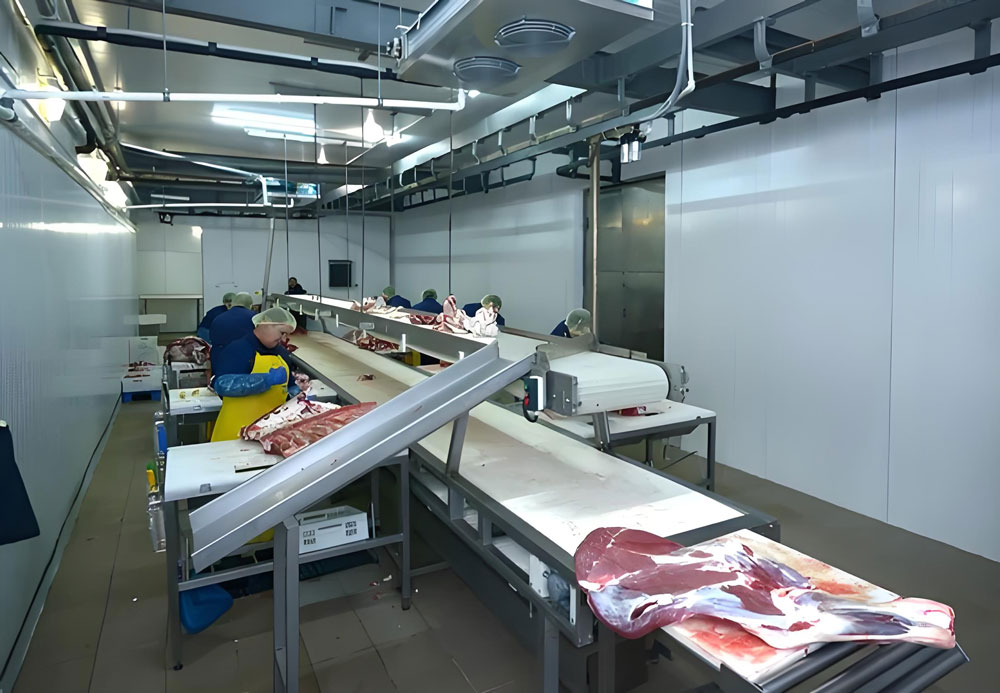







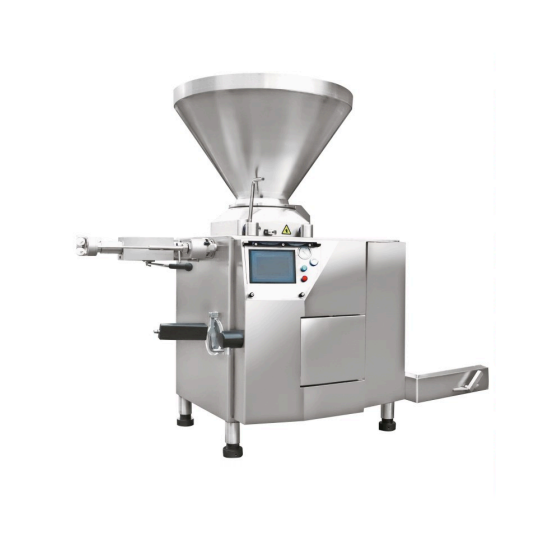
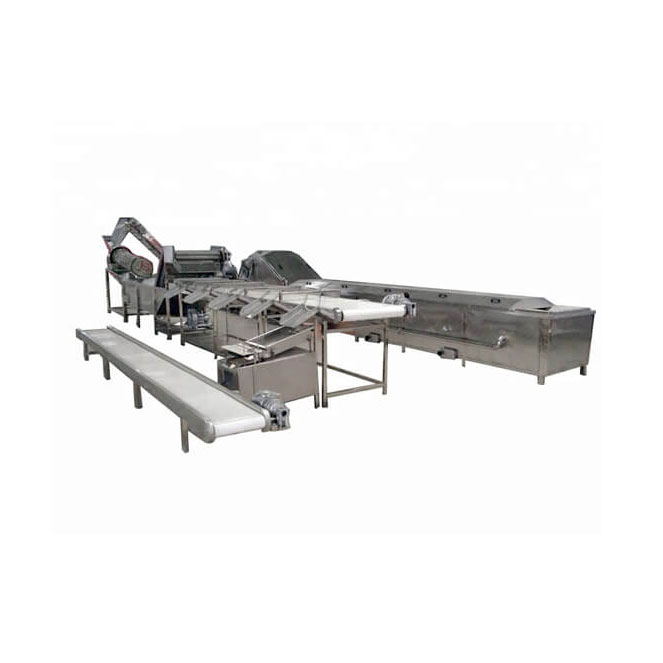
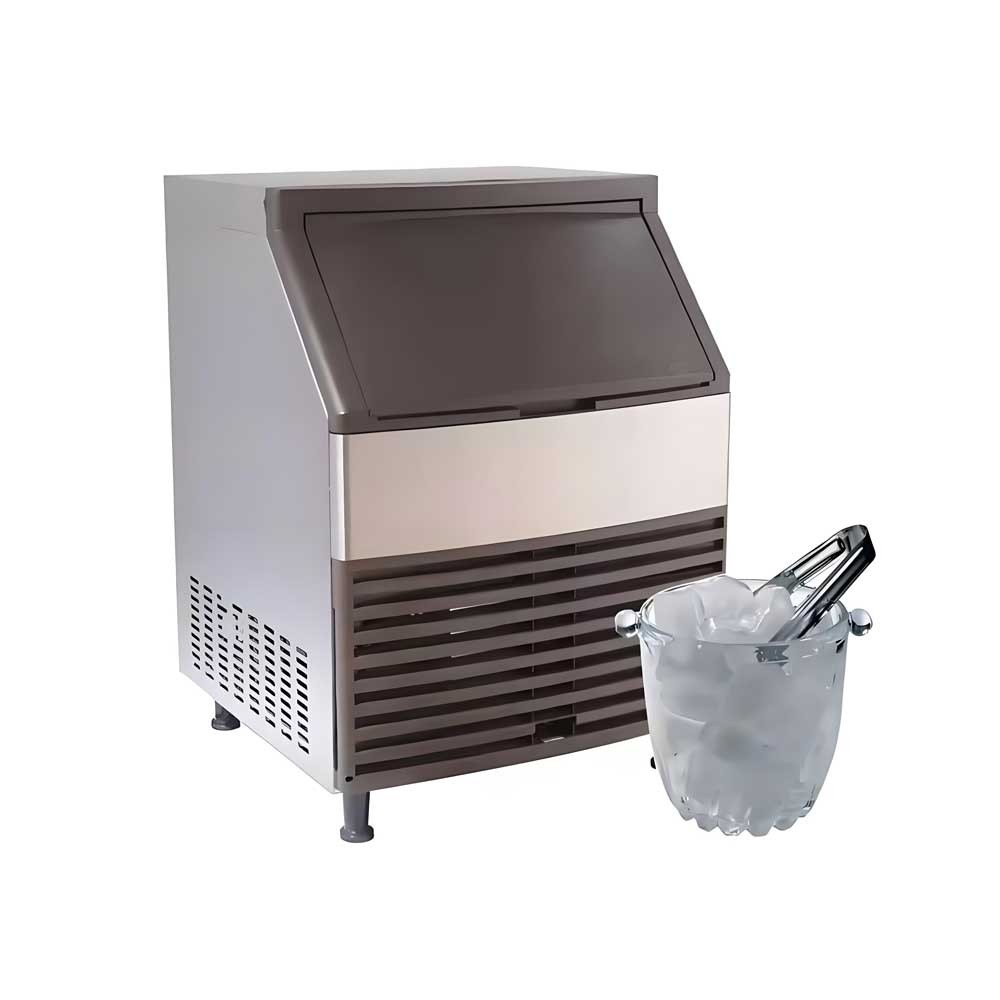
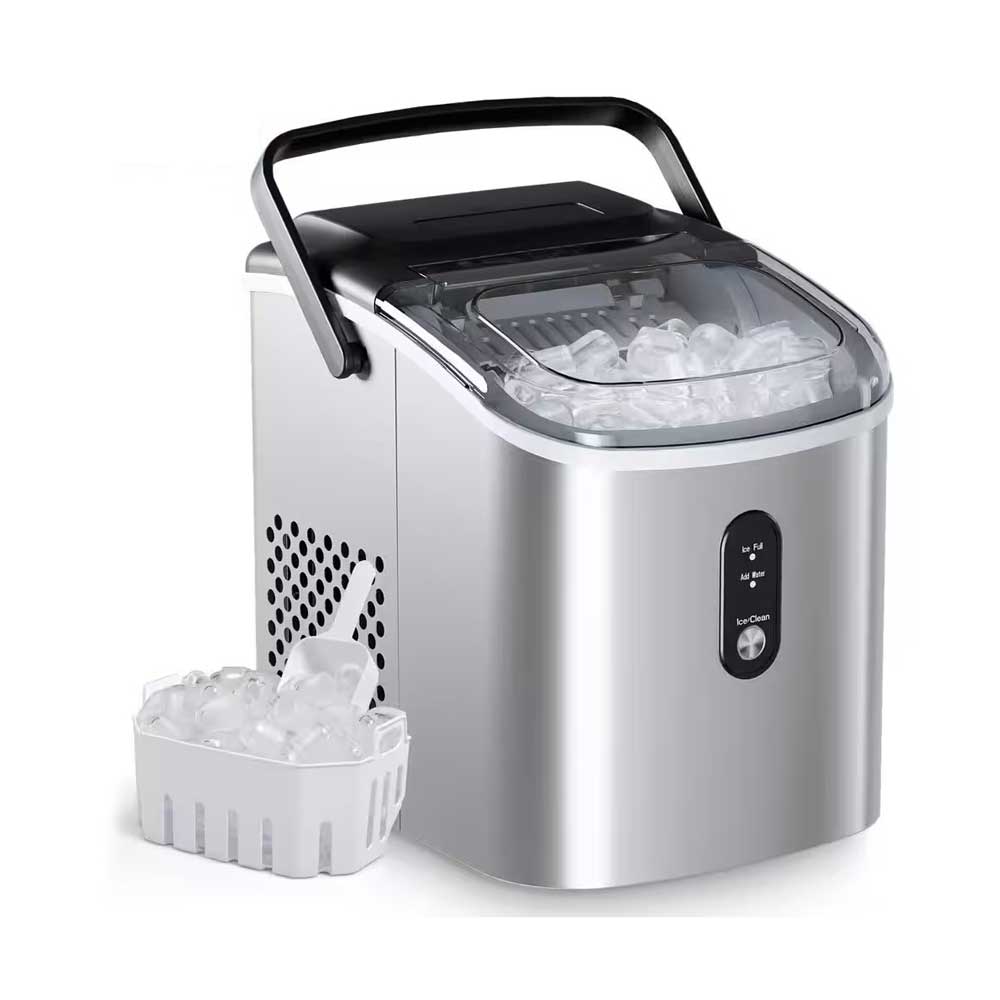 Portable Flake Ice Machine
Portable Flake Ice Machine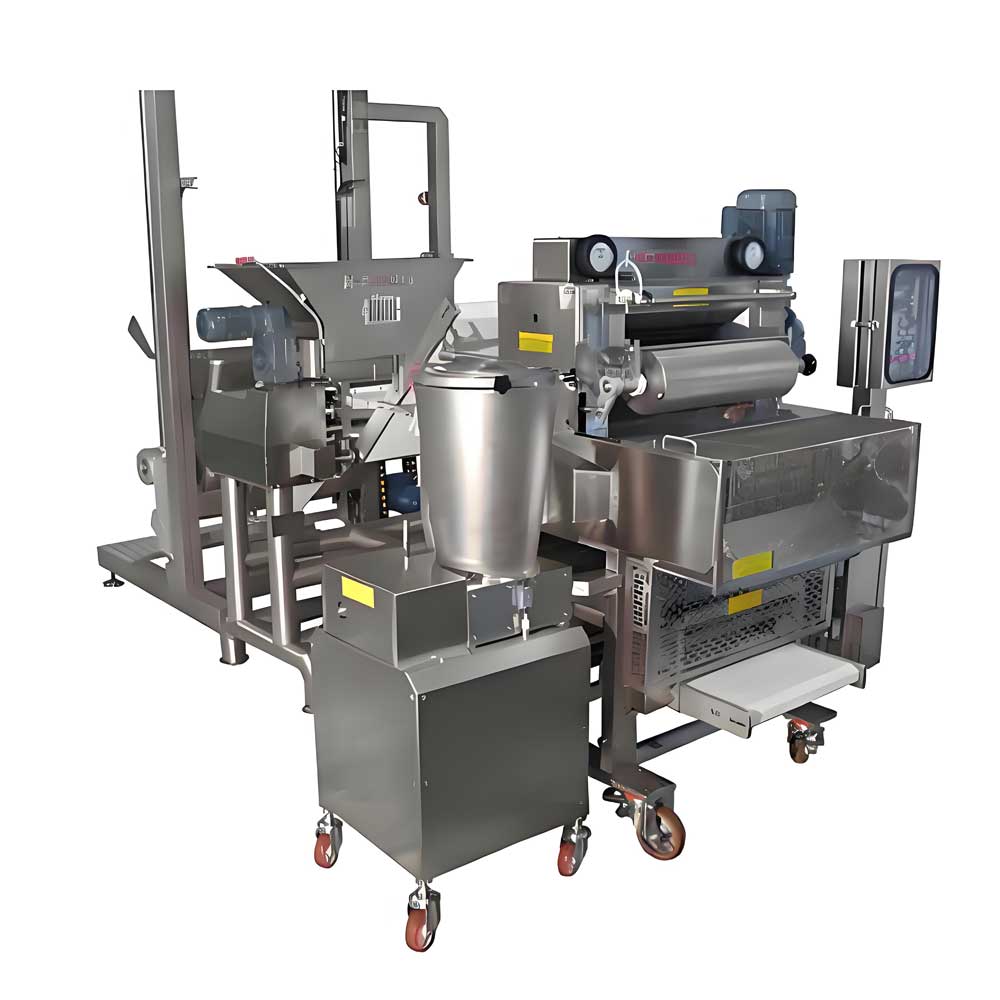 Pelmeni Making Machine
Pelmeni Making Machine
Ready to Get Started?